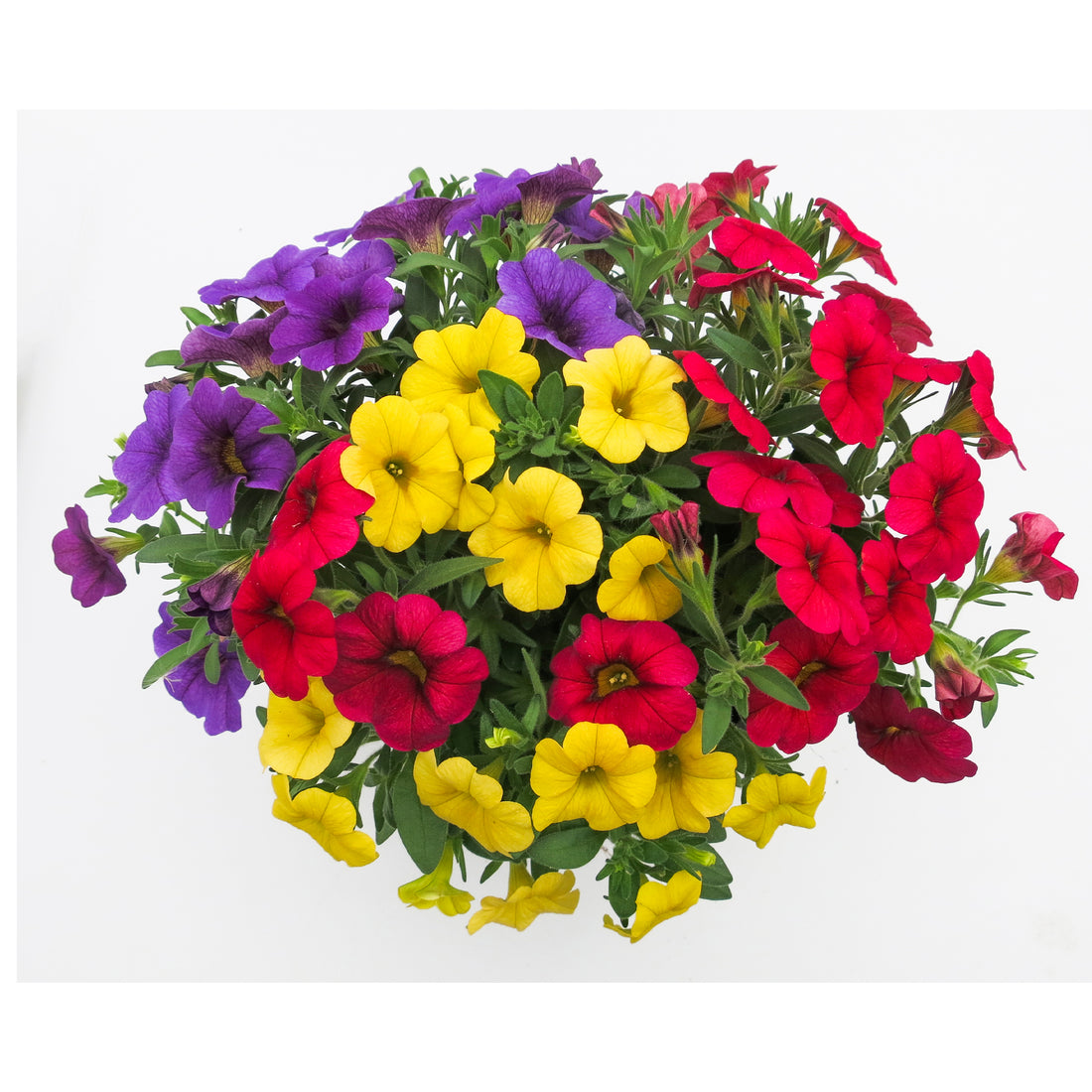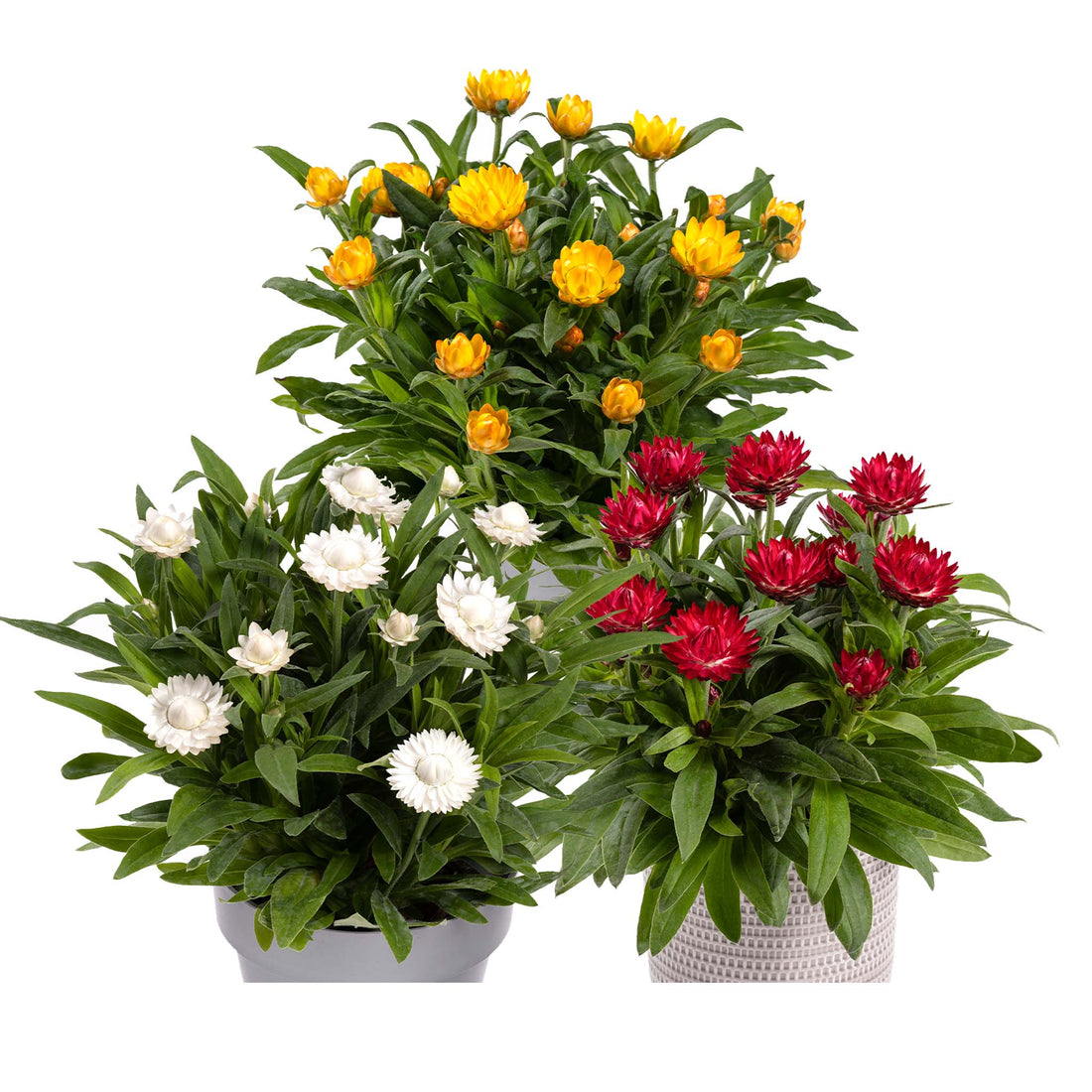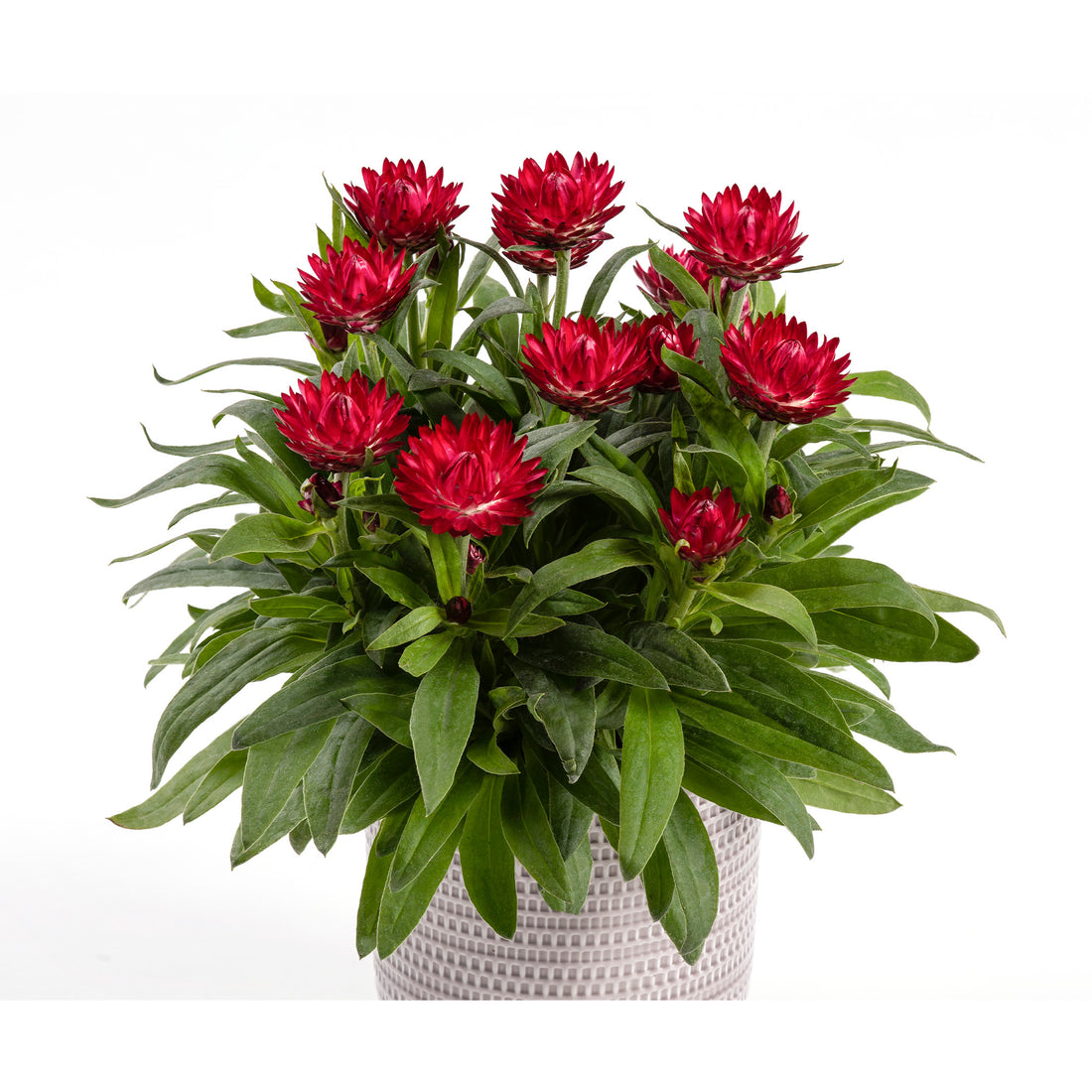Lavender is one of the most-loved plants in the garden – and for good reason. It’s fragrant, evergreen, and attracts pollinators. But if you want your lavender to stay compact and healthy, now’s the time to act.
Why Cut Back Lavender in Summer?
Lavender is prone to becoming woody and leggy if left unpruned. Once it’s woody, it’s difficult to revive or shape. The trick? A timely summer trim — especially for young plants in 9cm pots.
By giving your lavender a light cut back now, you’ll encourage it to stay dense, bushy, and full of new shoots rather than becoming a brittle, bare stick over time.
Perfect for Young Plants in Pots
At Newlands, we’re often growing on lavender in 9cm pots. These young plants are the perfect candidates for a formative trim. Even though they’re small, shaping them early helps them develop into beautiful, rounded plants for years to come.
How to Cut Back Your Lavender
-
Wait until flowering has finished
You want to cut just after the blooms have faded – not during full flower.
-
Use clean, sharp secateurs
Trim lightly, removing the flower spikes and a small amount of green growth.
-
Avoid cutting into old wood
Always leave some leafy growth behind. Lavender doesn’t regenerate well from bare stems.
-
Shape evenly
Aim for a nice dome shape. This helps light reach all parts of the plant and encourages even growth.
-
Water if the weather is dry
Especially important for young plants still establishing in pots.
Why This Matters
-
Encourages compact, rounded growth
-
Prevents plants getting leggy and woody
-
Sets the plant up for a healthy winter and better flowering next year
-
Makes young plants easier to pot on or plant out later
So take five minutes this weekend to give your lavender a haircut – your future garden will thank you!








